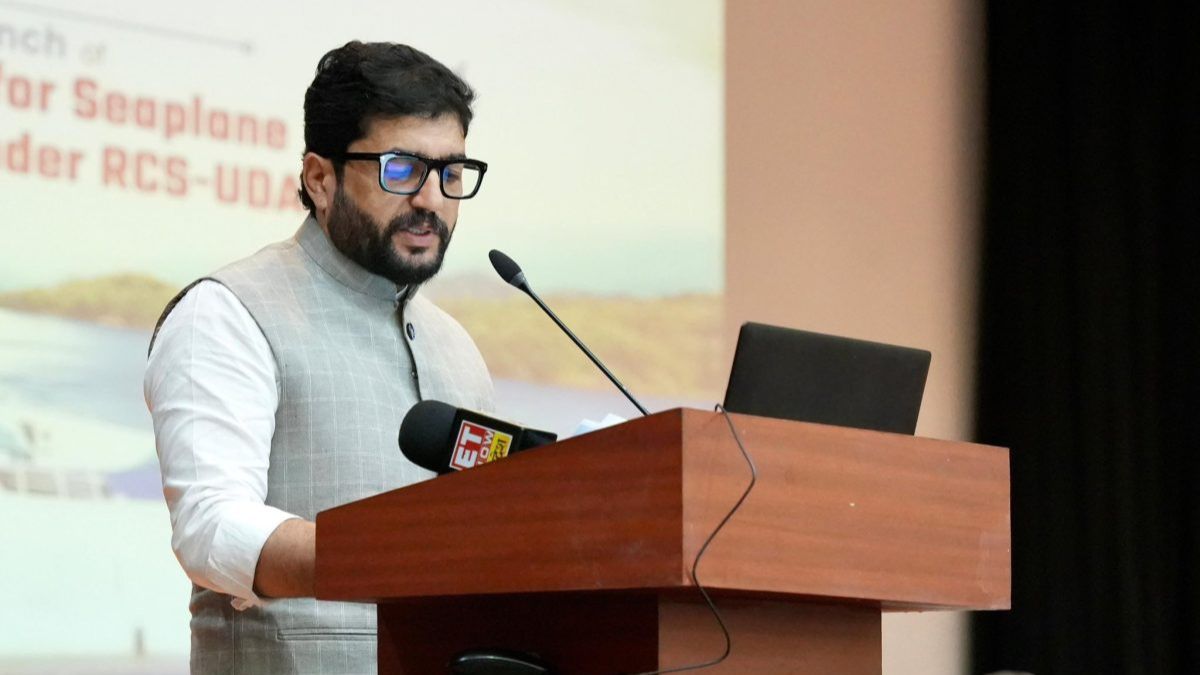 Image credit: News on AIR
Image credit: News on AIR
The Union Minister of Civil Aviation, Jyotiraditya Scindia, has officially launched comprehensive guidelines for seaplane operations across the country. This initiative is part of the government’s broader vision to diversify and expand the aviation sector, making air travel more accessible to remote and underserved regions.
The newly introduced guidelines cover a wide range of operational, safety, and regulatory aspects essential for the successful deployment of seaplanes in India. These include detailed protocols for water aerodrome development, safety measures, pilot training, and maintenance standards, ensuring that seaplane operations are conducted with the highest levels of safety and efficiency.
Minister Scindia highlighted the potential of seaplane services to revolutionize connectivity, particularly in regions with limited infrastructure for conventional air travel. “Seaplanes offer a unique solution to India’s diverse geographic challenges, providing connectivity to remote areas, boosting tourism, and fostering economic development,” he stated during the launch event. The minister emphasized that the guidelines are designed to encourage private sector participation, with a focus on creating a sustainable and commercially viable seaplane ecosystem in India.
The guidelines are expected to facilitate the development of water aerodromes at strategic locations, including tourist hotspots and regions with significant water bodies. The government has identified potential sites across various states, including Gujarat, Maharashtra, and the Andaman & Nicobar Islands, where seaplane operations could be particularly beneficial. These sites will be developed in partnership with state governments and private stakeholders, aiming to create a seamless network of seaplane services.
These guidelines are the result of successful pilot projects, like the seaplane service that has received positive feedback from both operators and passengers between the Sabarmati Riverfront in Ahmedabad and the Statue of Unity in Gujarat. The government hopes to replicate this success in other parts of the country, making seaplane travel a viable and popular mode of transport.
In addition to boosting tourism, the seaplane initiative is expected to have broader economic impacts by improving connectivity to remote regions, thereby facilitating trade and commerce. The guidelines also prioritize environmental sustainability, with specific measures to minimize the ecological footprint of seaplane operations, including noise reduction techniques and responsible fuel usage.
The launch of these guidelines marks a new chapter in India’s aviation history, with seaplanes set to become an integral part of the country’s transport network. As the government continues to push for greater connectivity and infrastructure development, the seaplane sector is poised to play a critical role in achieving these objectives.
By providing a clear regulatory framework, the government aims to attract investment and expertise from global seaplane operators, positioning India as a leader in this niche segment of aviation. The success of this initiative will be closely watched as India looks to harness its vast water resources to open up new frontiers in air travel.
